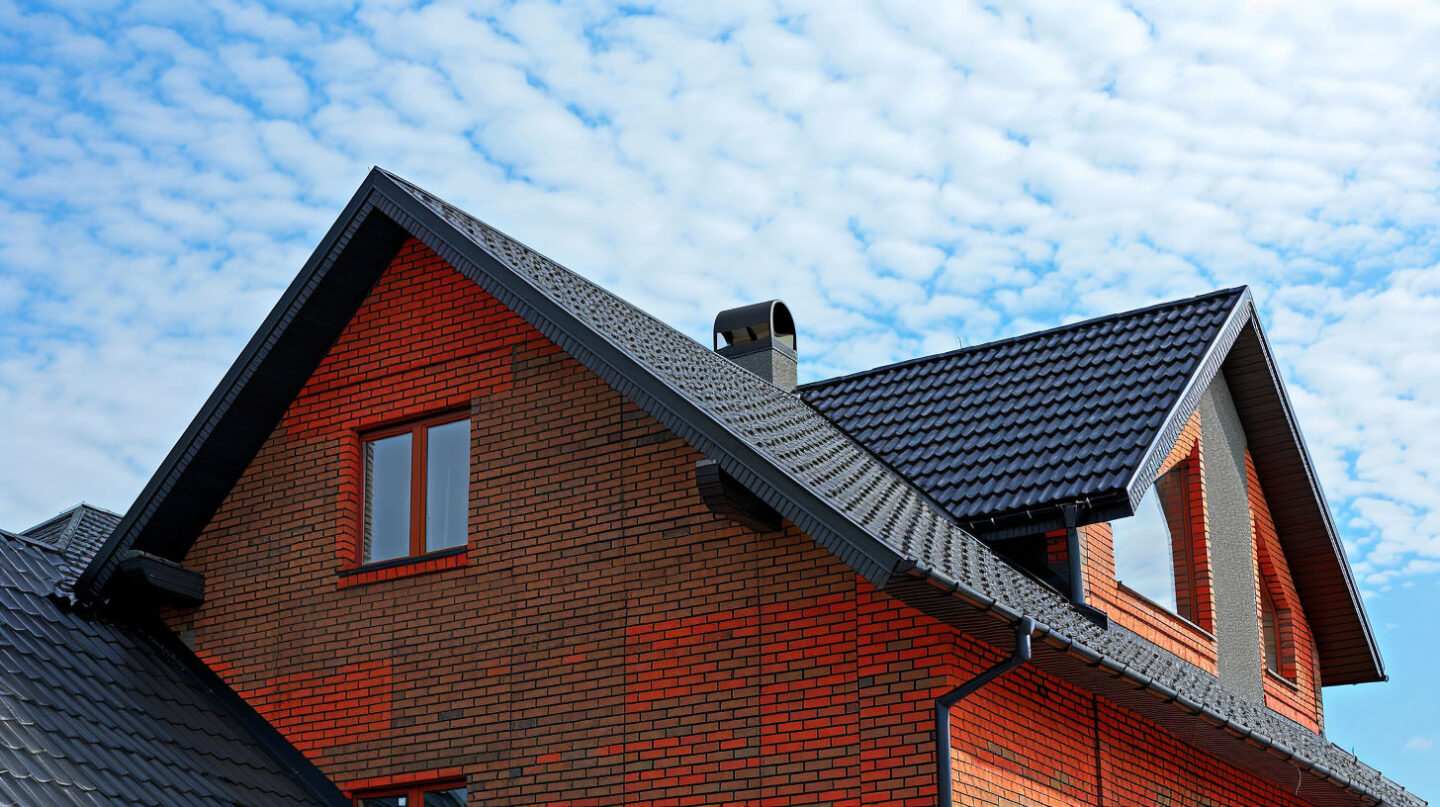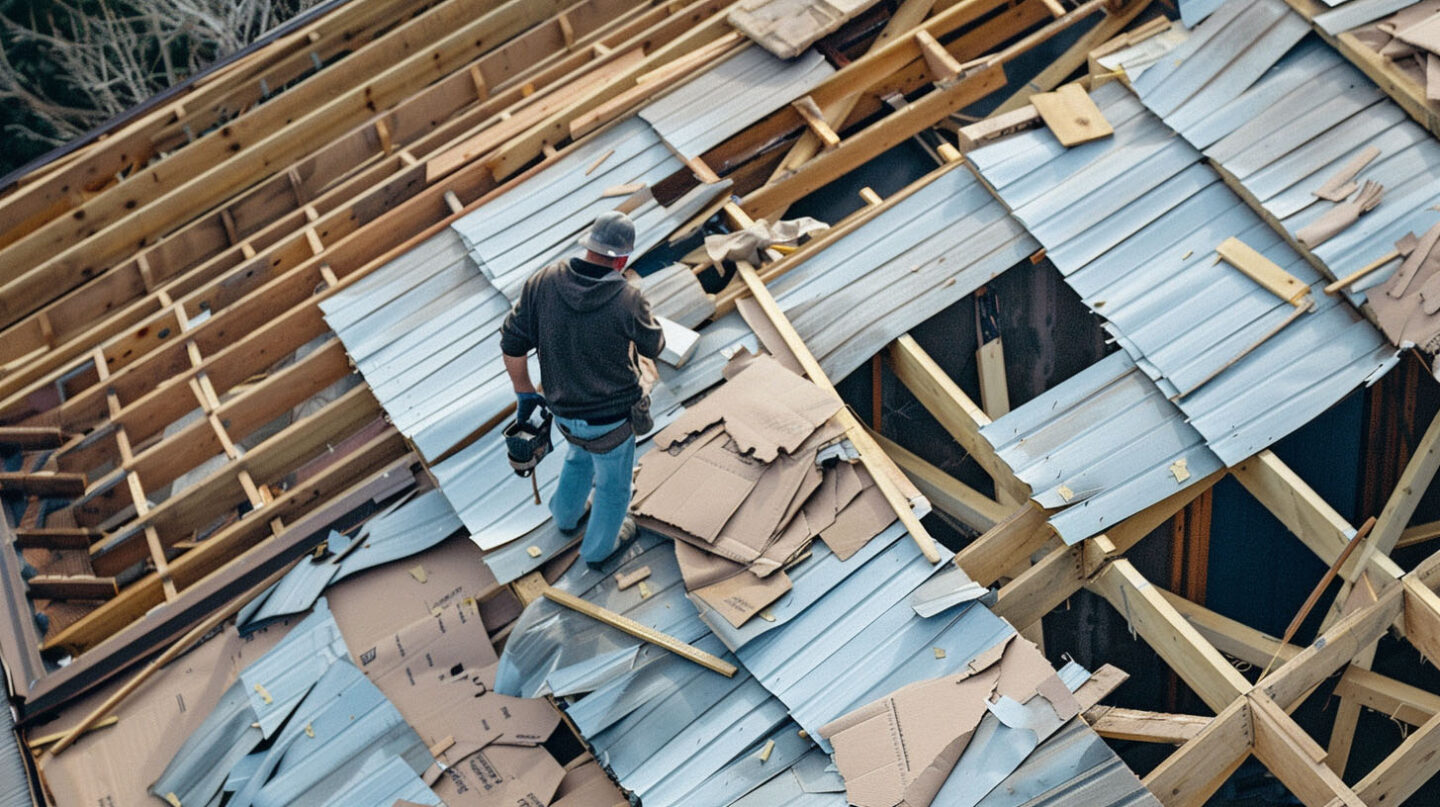When your roof is damaged, the path to getting it fixed can seem confusing. You know you need to file an insurance claim, but who should you call first? Do you need a roofing contractor like The Shingle Master, to inspect the damage, or should you hire a public adjuster to handle the insurance company for you? Understanding the distinct roles of these two professionals is the first step toward a smooth and successful claims experience in Durham, NC. The Shingle Master specializes in providing top-notch roofing services and can guide you through the inspection process. This guide will clarify who does what, helping you make the best decision for your home.
Understanding Roof Insurance Claims
Filing a roof insurance claim can feel like a daunting task, especially when you’re already stressed about damage to your home. The claims process involves multiple steps, from documenting the damage to communicating with your insurance company and ensuring you get the compensation you’re entitled to.
Knowing what to expect can empower you to navigate the system effectively. Before we compare the roles of contractors and adjusters, it’s helpful to understand the basics of how a claim works and what triggers one in the first place.
Common Causes of Roof Damage in North Carolina
Understanding the common causes of roof damage is essential for homeowners in North Carolina. Frequent instances include storm damage from hail and high winds, which can significantly compromise a roof’s integrity. Additionally, a lack of proper maintenance often leads to issues such as leaks and structural weaknesses. Other contributing factors include the natural wear and tear over time and the effects of extreme weather. Insurance policyholders should be aware of these elements to communicate effectively with contractors and public insurance adjusters during the claims process.

How the Insurance Claim Process Begins
Initiating the insurance claims process for roof damage involves a series of crucial steps. Property owners must first notify their insurance company, providing necessary documentation including a detailed description of the damage. An insurance company’s adjuster will then conduct a damage assessment, determining the extent of the damage and the applicable coverage under the policy. Engaging a qualified public adjuster at this stage can ensure accurate representation of the claim, advocating for fair compensation and facilitating a smoother pathway through the entire claims process.
The Role of a Roofing Contractor on Roof Claims
A roofing contractor is your hands-on expert. With years of experience in roofing, our primary job at The Shingle Master is to handle the physical aspects of your roof’s health. We are the ones on the ground (and on the roof) who identify the problem, determine the solution, and perform the high-quality roof repairs or replacement.
Our role is to be your trusted partner in restoring your home’s first line of defense. We provide the technical expertise and evidence your insurance company needs to understand the scope of the work required.
Inspecting and Identifying Roof Damage
A thorough inspection of the roof is critical in the claims process. Roofing contractors utilize their expertise to assess the extent of the damage, whether it’s from hail, high winds, or lack of maintenance. This damage assessment provides vital documentation needed for a roof insurance claim, informing the necessary repairs and associated costs. Through meticulous identification of issues—like leaks or structural weaknesses—they can ensure that property owners have the evidence required for fair compensation from the insurance company, streamlining the entire claims process.
Providing Detailed Repair Estimates for Insurance
An accurate repair estimate forms the backbone of a successful roof damage claim. Roofing contractors leverage their expertise in assessing the extent of the damage caused by various factors like high winds or hail damage. By preparing detailed repair estimates, they provide the necessary documentation that homeowners can present to their insurance company’s adjuster. This transparency not only aids in ensuring a fair settlement but also accelerates the claims process, giving property owners peace of mind as they navigate the complexities of their insurance policy.
Completing Roofing Repairs and Replacement
Repairing or replacing a damaged roof requires meticulous attention to detail, especially after an insurance claim is initiated. Roofing contractors assess the site, ensuring all necessary documentation is complete to facilitate a smooth claims process. This often involves coordinating with the insurance company’s adjuster to determine the extent of the damage and establish fair compensation for repairs. By utilizing their expertise, these professionals advocate for property owners, ensuring a seamless transition from claim settlement to actual roof restoration, bringing peace of mind to homeowners.

The Role of a Public Adjuster in Roof Claims
They handle the paperwork, communications, and negotiations, allowing you to focus on your family and daily life. Their expertise is in the financial and legalistic side of the insurance world.
Assessing Insurance Policy Coverage
Understanding the nuances of an insurance policy is crucial for homeowners, particularly when tackling roof damage claims. Policies can vary significantly, with specific endorsements or exclusions based on the cause of damage, such as storm or hail damage. A thorough review of the insurance policy ensures that property owners are aware of their coverage limits and deductible requirements. Engaging with a qualified public adjuster can facilitate this process, allowing for a precise alignment of the assessment with the documentation required by the insurance company to advocate for fair compensation.
Documenting and Valuing Roof Losses
Accurate documentation of roof losses is crucial for a successful insurance claim. Property owners must ensure that all damage types, including those caused by hail storms or high winds, are thoroughly recorded. This includes taking detailed photographs and keeping records of any communications with their insurance company’s adjuster. Valuation involves estimating both repair costs and replacement costs, relying on qualified public adjusters when necessary to advocate for fair compensation. This meticulous approach provides homeowners with the peace of mind needed throughout the claims process.
Negotiating with Insurance Companies on Your Behalf
Navigating the complexities of negotiating with insurance companies requires skill and knowledge. A qualified public adjuster acts as your advocate, leveraging their expertise to ensure that policyholders receive fair compensation for their roof damage claims. This professional understands the nuances of the insurance claims process, including necessary documentation and the specific language insurers utilize. By negotiating directly, public adjusters aim to secure optimal claim settlements while minimizing the stress homeowners face during this challenging time. Their dedication can make a significant difference in the outcome of your claim.
Public Adjuster vs Contractor: Key Differences
By now, you can see the significant difference between a public adjuster and a roofing contractor. One is the hands-on builder and repair expert, while the other is the financial and policy expert. The contractor rebuilds your roof, while the public adjuster works to ensure the insurance industry pays for it fairly and fully.
Understanding these key distinctions is vital. They have different legal authorities, different licenses, and different payment structures, all of which impact your claim differently.

Authority to Negotiate Insurance Claims
Negotiating with an insurance company can be an intricate process, especially when it comes to claims involving roof damage. A qualified public adjuster has the expertise to advocate on behalf of property owners, ensuring a fair settlement based on their unique situations. This role is crucial as it empowers the adjuster to communicate effectively with the insurance company’s adjuster, presenting the necessary documentation and damage assessments to substantiate claims. Such advocacy not only streamlines the claims process but also helps secure optimal outcomes for homeowners seeking adequate compensation.
Professional Licenses and Legal Responsibilities
Regulatory frameworks govern the responsibilities of both roofing contractors and public adjusters, ensuring safe practices and adherence to standards. While roofing contractors require specific professional licenses based on state laws, public insurance adjusters must hold licenses demonstrating their expertise in navigating the insurance claims process. These licenses signify their commitment to representing the best interests of policyholders, fostering transparency in damage assessments. Legal responsibilities involve maintaining necessary documentation and ensuring compliance, ultimately facilitating a fair compensation process for homeowners facing roof damage claims.
Fee Structures and Payment Models
Understanding the fee structures and payment models associated with roofing claims is essential for homeowners navigating the insurance claims process. Typically, roofing contractors may charge a flat fee, hourly rate, or percentage based on the repair costs, while public insurance adjusters often work on a contingency basis, taking a percentage of the settlement. This significant difference in payment models can affect the overall financial outcome of a roof damage claim, influencing how property owners manage expenses related to the necessary repairs and restoration after storm damage.
How Public Adjusters and Contractors Can Collaborate
Instead of viewing it as a choice between one or the other, the best outcomes often happen when there is collaboration. When a trusted contractor and a skilled public adjuster work together, you get the best of both worlds: technical expertise on the roof and financial expert assistance with the insurer.
This teamwork ensures transparency throughout the process. The aligned goals of a proper repair and a fair settlement mean your project moves forward smoothly, backed by a united front.

Aligning Damage Assessments for Stronger Claims
Collaboration between public adjusters and roofing contractors significantly enhances the damage assessment phase. By combining insights, both parties can create a comprehensive evaluation that accurately reflects the extent of the damage. This alignment ensures that all necessary documentation is submitted, bolstering the homeowners’ position during the insurance claims process. Utilizing the expertise of a qualified public adjuster alongside a skilled roofing contractor provides homeowners with the best opportunity for fair compensation and a smoother claim settlement experience, maximizing their chances for a favorable outcome.
Streamlining Communication with Homeowners and Insurers
Effective communication between all parties involved is crucial in navigating the complexities of roof insurance claims. Both public adjusters and contractors often play a pivotal role in ensuring that property owners receive fair compensation for their roof damage. By aligning their assessments of the extent of the damage, they can present a unified standpoint to the insurance company’s adjuster, promoting transparency throughout the claims process. This collaboration enhances the potential for a smoother experience, ultimately providing homeowners with the peace of mind they deserve during stressful situations.
Get in Touch
Navigating roof insurance claims often requires the expertise of both public adjusters and roofing contractors. While public insurance adjusters advocate for policyholders, ensuring fair settlements, contractors assess the extent of damage and provide necessary repair estimates. Understanding each party’s role equips property owners with the knowledge to make informed decisions, ultimately leading to a smoother claims experience and peace of mind during challenging situations.
Frequently Asked Questions
Should I trust a roofing contractor or an insurance adjuster?
When deciding between a roofing contractor and an insurance adjuster, consider their specific roles. Contractors focus on repair estimates and building quality, while adjusters advocate for your claim with insurers. Trust them both, but ensure you understand each professional’s expertise in managing roof claims.

What is the downside of using a public adjuster?
The primary downside of using a public adjuster is their fee, which is a percentage of your claim settlement. This reduces the total cash you receive. There are also risks if you hire an unlicensed or disreputable adjuster, so always verify their credentials according to state law.
What not to say to insurance adjuster roof?
When speaking to an insurance adjuster about your roof, avoid speculating on the cause or extent of damage. Don’t say “I think…” or guess about costs. Stick to the facts, provide clear documentation, and let your contractor’s report speak for itself. Admitting fault or uncertainty can complicate the claims process.
Read our blog: Designer Shingles That Mimic Slate or Cedar: Care Tips


